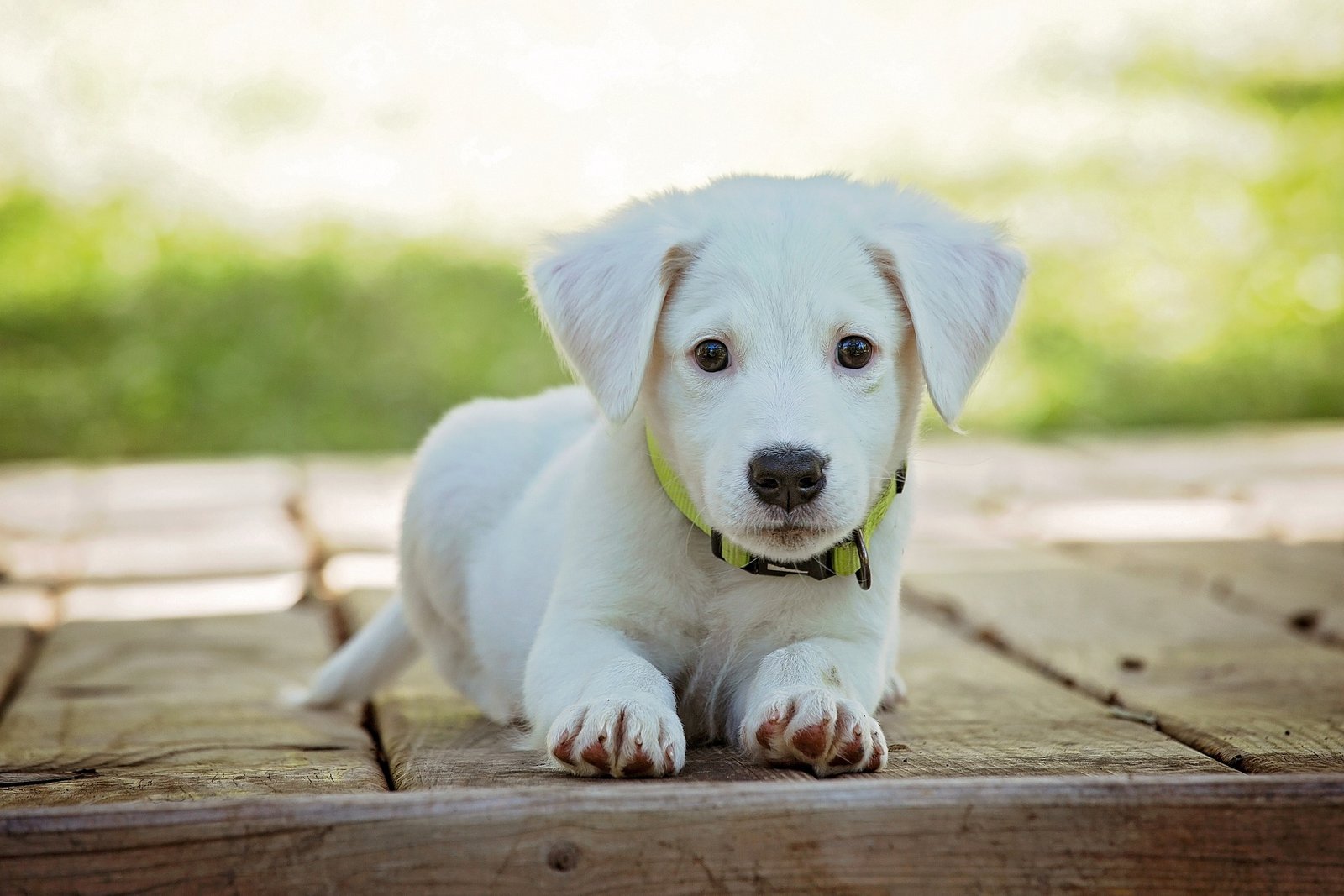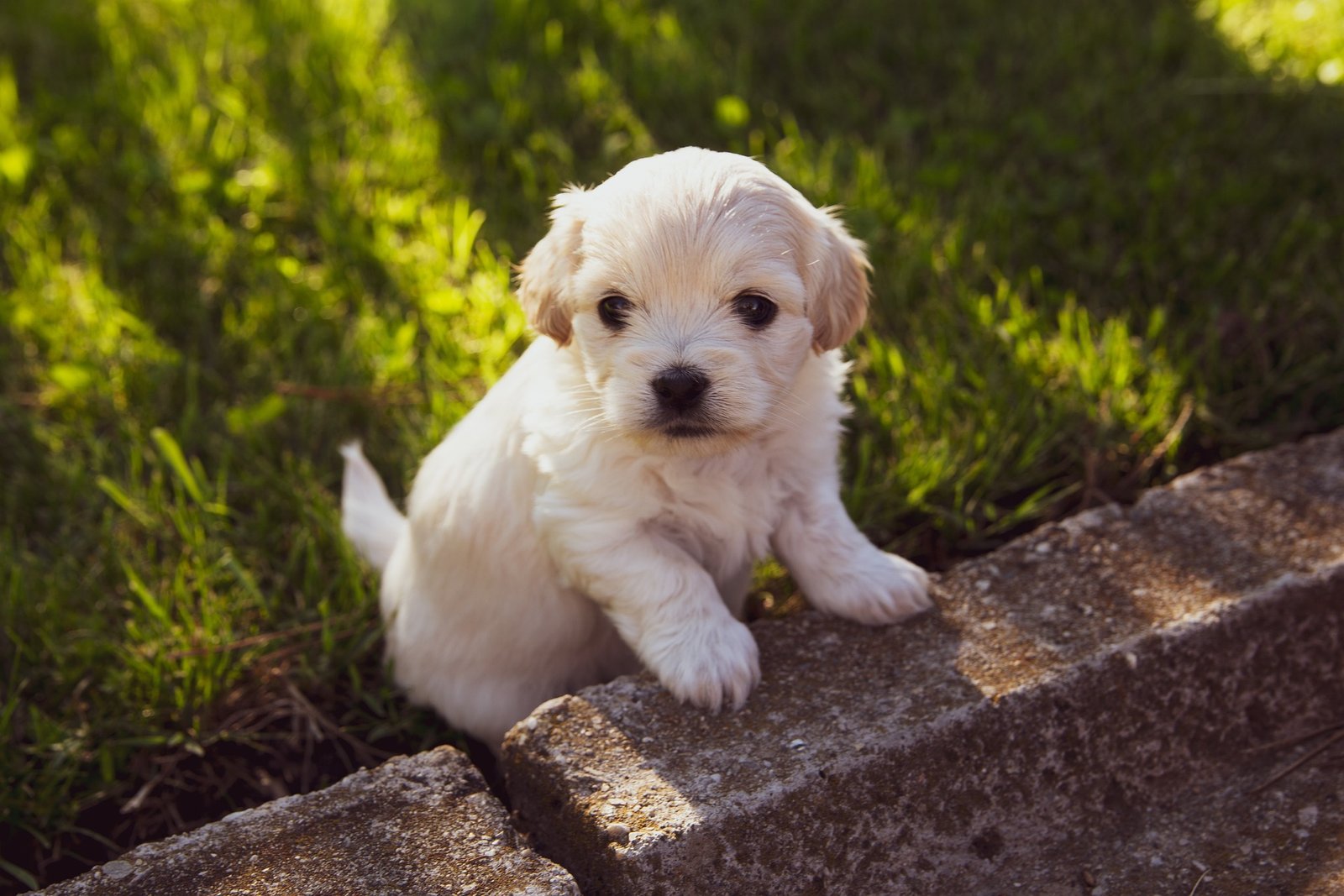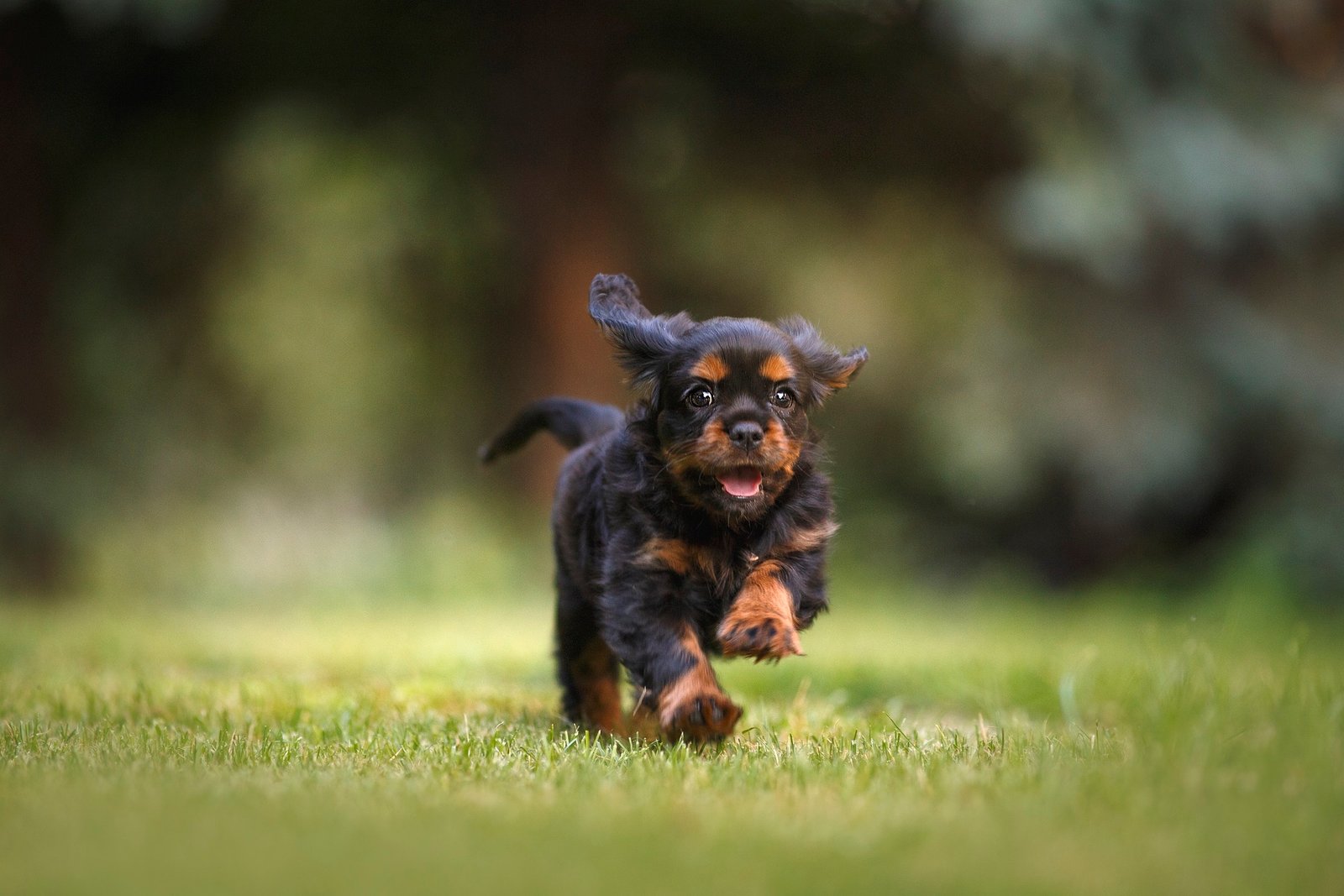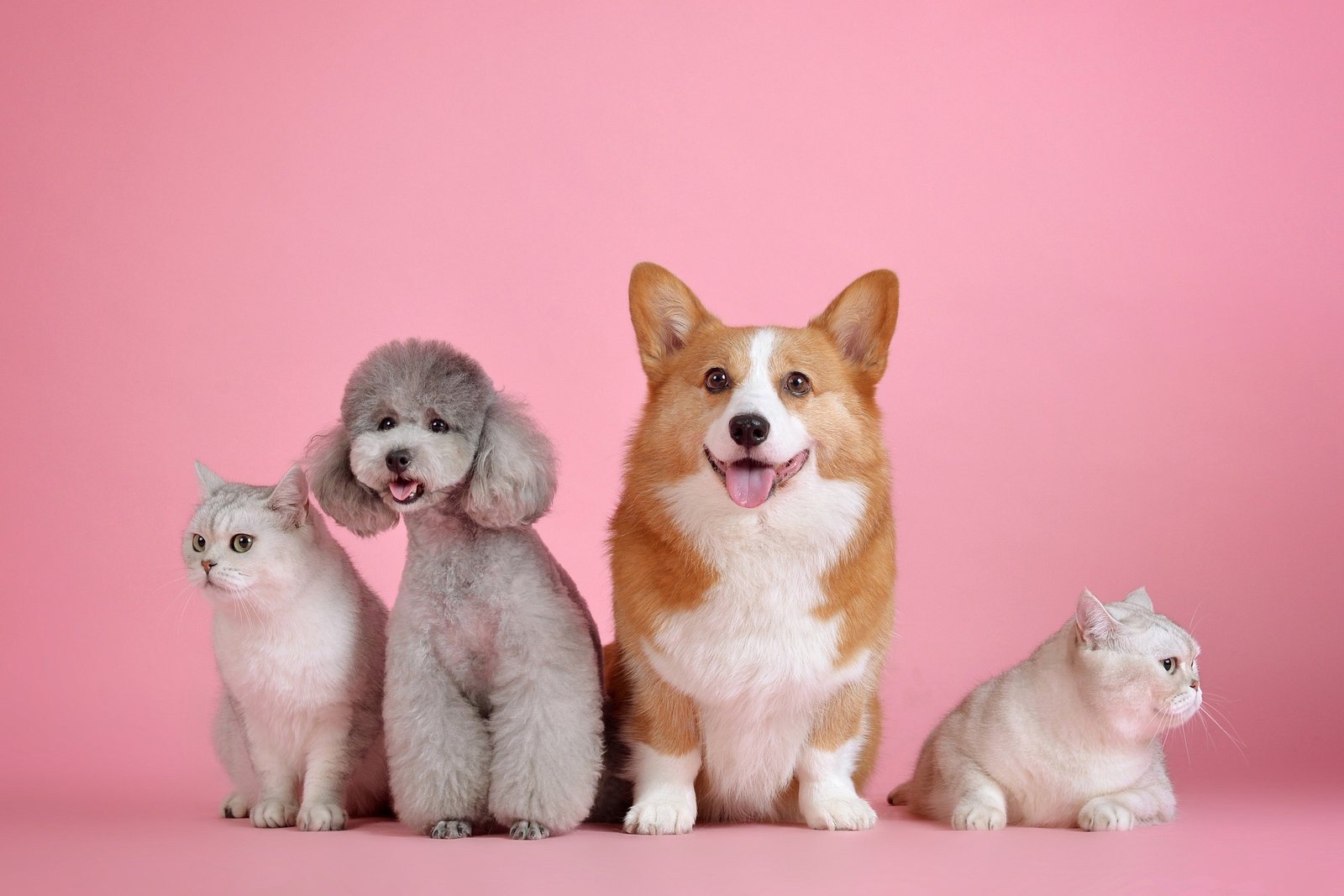
Help! Why Is My Dog Losing Hair?
As a dog owner, it can be concerning to notice your furry friend losing hair. While some hair fall is normal—especially during seasonal shedding—excessive hair loss and thinning can signal underlying health issues that need attention. Understanding the causes of hair loss in dogs can help you determine the best course of action for your pet. In this blog post, we’ll explore common reasons for hair loss in dogs, signs to watch for, and what steps you can take to help your canine companion.
Understanding Normal Shedding
Before diving into the reasons for hair loss and thinning, it’s essential to understand what constitutes normal shedding. Dogs naturally lose hair as part of their grooming cycle. Factors such as breed, age, and season can influence how much hair they shed. Breeds with double coats, like Huskies or Golden Retrievers, tend to shed more during seasonal changes, particularly in spring and fall, as they prepare for warmer or cooler weather.
While normal shedding is a healthy part of a dog’s grooming routine, excessive shedding can cause concern. It’s crucial to distinguish between seasonal shedding and abnormal hair loss, which may require veterinary attention. Observing your dog’s grooming habits closely can help you determine if their hair fall is within the normal range or if it exceeds typical patterns.
Signs of Abnormal Hair Loss
If you notice your dog losing more hair than usual, keep an eye out for the following signs that may indicate a problem:
Patchy Hair Loss: If your dog has bald patches or spots where hair is missing, this may signal an underlying condition. The patches can vary in size and location, and understanding the pattern can help your veterinarian diagnose the issue.
Red or Irritated Skin: Inflammation, redness, or rashes on the skin can accompany hair loss, indicating possible allergies or infections. Healthy skin should be free from irritation, so any noticeable changes should be addressed.
Excessive Scratching or Biting: If your dog is frequently scratching or biting at their skin, this behavior could lead to further hair loss and should be addressed promptly. Excessive grooming can create a vicious cycle, exacerbating the issue.
Changes in Coat Texture: If your dog’s coat appears dull, brittle, or thinning, it may point to nutritional deficiencies or health issues. A shiny, healthy coat is often a sign of good overall health, so any deviation from this should be noted.
Common Causes of Hair Loss in Dogs
1. Allergies
Just like humans, dogs can suffer from allergies that lead to hair loss. Common allergens include:
Food Allergies: Some dogs may have adverse reactions to certain ingredients in their diet, such as grains, beef, or chicken, leading to skin irritation and hair loss. Food allergies often manifest as itching, redness, or gastrointestinal upset.
Environmental Allergies: Pollen, dust mites, mold, and other environmental factors can cause allergic reactions in dogs, resulting in itching and hair fall. Seasonal allergies can mimic human hay fever symptoms, causing dogs to scratch more frequently.
Understanding the specific triggers for your dog’s allergies can help you manage their environment and diet more effectively. Allergy testing, if recommended by your vet, can identify specific allergens and inform treatment options.
2. Parasites
Parasites such as fleas, ticks, and mites are common culprits of hair loss. Flea allergies, in particular, can cause intense itching and subsequent hair loss as your dog scratches to relieve discomfort.
Fleas and Ticks: Even if you don’t see fleas, their bites can lead to allergic reactions, causing significant hair loss. Ticks can also transmit diseases that may contribute to overall health issues.
Mange: Caused by mites, mange can lead to severe hair loss and skin irritation. There are two types: sarcoptic mange (scabies) and demodectic mange, each with distinct causes and treatments. Regular parasite prevention, such as topical treatments or oral medications, can help keep your dog safe from these pesky invaders.
3. Infections
Bacterial and fungal infections can lead to hair loss and skin issues. Common infections include:
Ringworm: This fungal infection is particularly notorious for causing circular patches of hair loss. It is highly contagious, so prompt treatment is crucial to prevent spread.
Bacterial Infections: These can occur following a skin injury or as a result of allergies. Infected areas may become swollen, red, and painful. If your dog exhibits signs of infection, such as redness, swelling, or discharge, it’s essential to consult your veterinarian for appropriate testing and treatment options.
4. Hormonal Imbalances
Hormonal conditions, such as hypothyroidism or Cushing’s disease, can lead to hair loss and thinning.
Hypothyroidism: This condition occurs when the thyroid gland is underactive, leading to a range of symptoms, including weight gain, lethargy, and hair loss.
Cushing’s Disease: This disorder involves excessive cortisol production, causing various symptoms, including thinning of the coat, increased thirst, and frequent urination. If you suspect a hormonal imbalance, a visit to the vet is crucial for proper diagnosis and treatment. Blood tests can help identify these conditions and guide treatment plans.
5. Stress and Anxiety
Stressful situations, such as changes in the home environment, can lead to excessive grooming or biting, resulting in hair loss.
Behavioral Factors: Dogs may experience anxiety from changes like moving to a new home, the introduction of new pets, or changes in the owner’s schedule.
Separation Anxiety: Some dogs may excessively groom themselves when left alone, leading to noticeable hair loss.
Providing a stable and comforting environment can help mitigate this issue. Interactive toys, puzzles, and training can help alleviate anxiety and redirect their energy.
6. Nutritional Deficiencies
A well-balanced diet is vital for maintaining a healthy coat. Deficiencies in essential fatty acids, proteins, vitamins, and minerals can lead to hair loss and a dull coat.
Fatty Acids: Omega-3 and Omega-6 fatty acids are crucial for skin and coat health. If your dog’s diet lacks these essential nutrients, their coat may suffer.
Vitamins and Minerals: Vitamins A, E, and zinc play vital roles in skin health. A deficiency can lead to flaky skin and increased hair fall. Ensure your dog is on a high-quality diet appropriate for their age and size, and consult your vet if you suspect nutritional issues. Your veterinarian may recommend specific diets or supplements to improve your dog’s coat health.
What to Do If Your Dog Is Losing Hair
1. Schedule a Vet Visit
If you notice excessive hair loss or any accompanying symptoms, your first step should be to consult your veterinarian. A thorough examination can help identify the underlying cause of your dog’s hair loss and allow for appropriate treatment.
Diagnostic Tests: Your vet may recommend skin scrapings, allergy tests, or blood work to determine the cause of hair loss and develop a tailored treatment plan.
Follow-Up Care: Depending on the diagnosis, your vet may schedule follow-up appointments to monitor your dog’s progress and make any necessary adjustments to their treatment.
2. Monitor Diet and Nutrition
Evaluate your dog’s diet to ensure they are receiving balanced nutrition. Consider consulting with your veterinarian about high-quality dog food options and possible supplements that may benefit your dog’s coat health.
Specialized Diets: Some dogs may benefit from hypoallergenic or prescription diets designed to address specific health concerns, including allergies and skin conditions.
Homemade Diets: If you’re considering homemade diets, work with a veterinary nutritionist to ensure your dog’s nutritional needs are met.
3. Check for Parasites
Regularly inspect your dog for signs of fleas, ticks, or mites.
Flea Prevention: Use veterinarian-recommended flea and tick preventatives to protect your dog from infestations.
Regular Grooming: Bathing and grooming your dog regularly can help spot potential parasites early and keep their coat in good condition.If you suspect a parasite issue, your veterinarian can recommend appropriate treatments and preventive measures tailored to your dog’s lifestyle.
4. Create a Comfortable Environment
If you believe stress or anxiety may be contributing to your dog’s hair loss, take steps to create a more stable and calming environment.
Safe Spaces: Provide quiet areas where your dog can retreat when feeling overwhelmed.
Routine and Consistency: Maintaining a consistent routine can help reduce anxiety. Dogs thrive on predictability, so try to keep feeding, walking, and play times as regular as possible.
5. Regular Grooming
Regular grooming can help you monitor your dog’s coat and skin condition.
Brush Regularly: Depending on your dog’s breed, brushing may be needed daily or weekly. This not only keeps their coat healthy but also allows you to check for skin issues.
Professional Grooming: Consider professional grooming services, especially for long-haired breeds, to help maintain a healthy coat and identify potential issues early.
6. Monitor Progress
Keep an eye on your dog’s grooming habits and any changes in behavior. Documenting patterns and observations can be helpful when discussing concerns with your vet or a behaviorist.
Record Keeping: Keeping a journal of your dog’s grooming habits, diet, and any changes can help your vet better understand your pet’s situation.
Behavior Tracking: If you’re working on behavioral modifications, tracking your dog’s progress can provide insight into what strategies are most effective.
Conclusion
Hair loss and thinning in dogs can be distressing for both pets and their owners. By understanding the potential causes and signs of excessive hair fall, you can take proactive steps to address the issue and promote your dog’s overall health. If you notice any unusual changes in your dog’s grooming habits, don’t




Post Comment